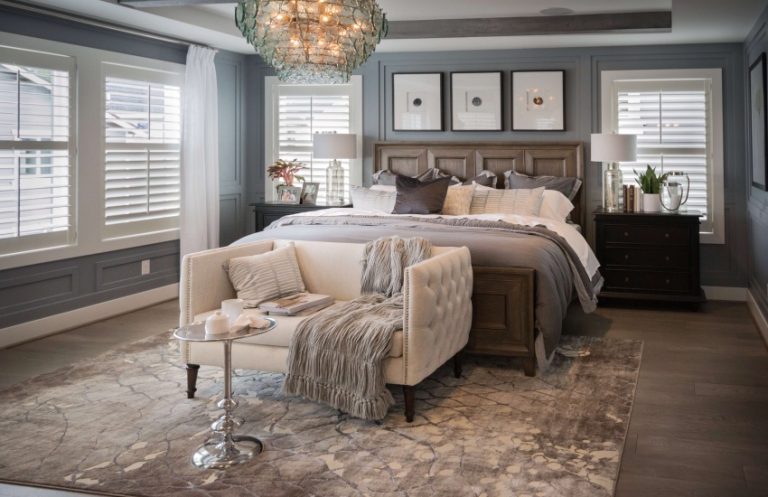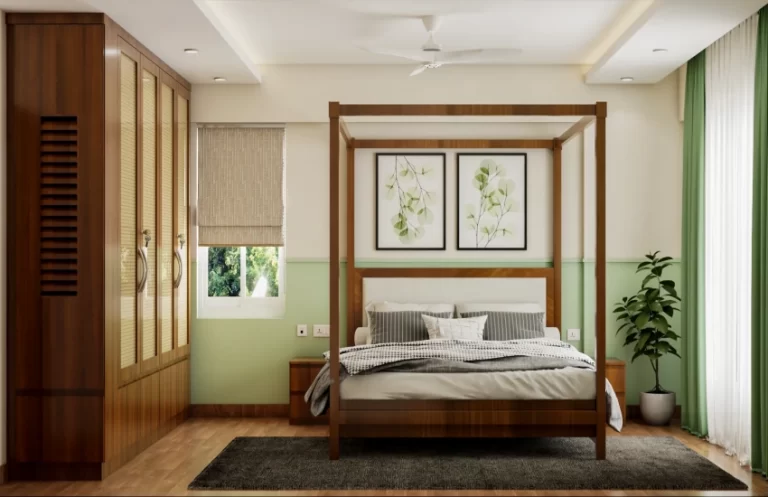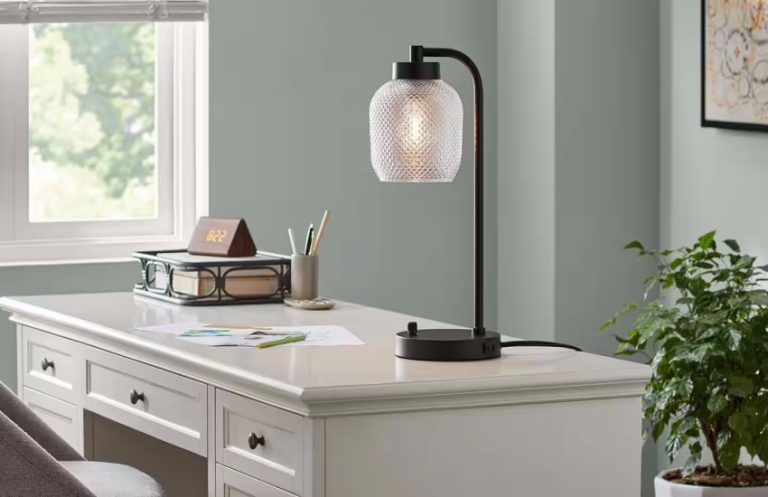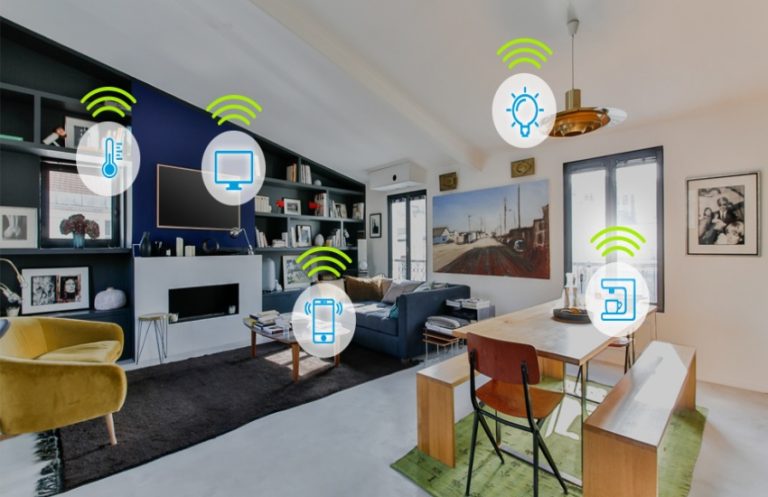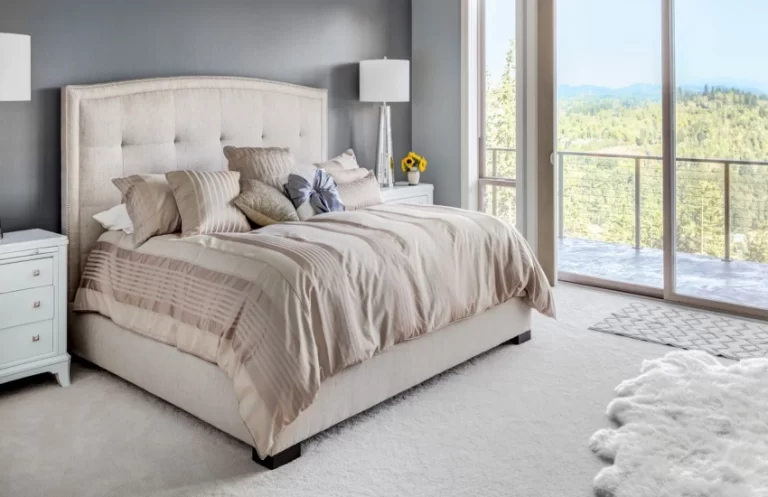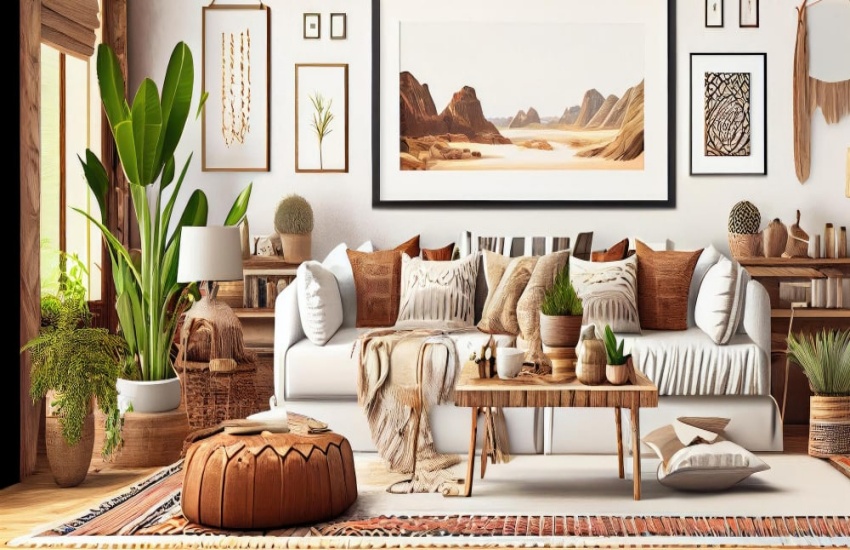
Art has the unique ability to evoke emotions and create a specific atmosphere. Selecting pieces that resonate with personal experiences or interests can make a home feel more connected and meaningful. Whether it is a serene landscape, an abstract painting, or a family portrait, the right artwork can serve as a conversation starter and a focal point in a room. This emotional connection to art can make a space feel more like a sanctuary, offering comfort and joy.
Color plays a crucial role in the impact of wall art. Choosing artwork that complements the existing color palette of a room can create a harmonious environment. For instance, bright and bold colors can energize a space, while soft and muted tones can promote relaxation. Understanding color psychology can help homeowners select pieces that not only fit their style but also influence the mood of the room. Incorporating art that features colors found in furniture or decor can create a cohesive look.
Size and scale are important considerations when selecting wall art. Large pieces can make a bold statement and serve as the main focal point in a room. Conversely, smaller artworks can be grouped together to create a gallery wall, adding visual interest and depth. When arranging multiple pieces, maintaining balance and proportion is essential to avoid a cluttered appearance. Ensuring that the artwork is hung at eye level can enhance visibility and appreciation.
The style of wall art should align with the overall theme of the home. Modern, traditional, eclectic, or rustic styles each call for different types of artwork. Mixing various styles can create an interesting contrast, but it is important to maintain a sense of unity. Incorporating art that reflects personal tastes while complementing the decor can create a harmonious and inviting atmosphere.
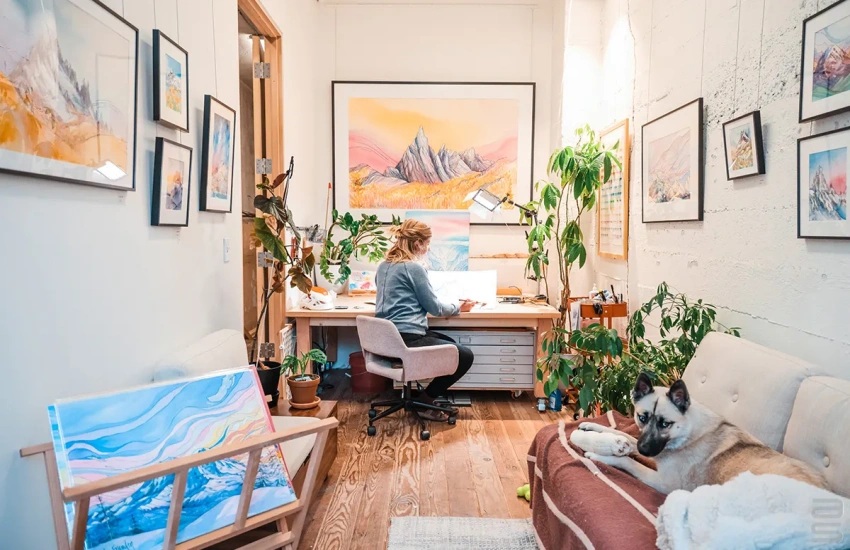
Framing options can also impact the presentation of wall art. Choosing the right frame can enhance the artwork and tie it into the overall decor. Simple frames can allow the art to take center stage, while ornate frames can add elegance and sophistication. Experimenting with different framing styles can create unique displays that enhance the visual appeal of the artwork.
Lighting plays a significant role in showcasing wall art. Proper lighting can highlight the details and colors of the artwork, making it more engaging. Natural light can enhance the beauty of art during the day, while adjustable spotlights or wall sconces can create dramatic effects in the evening. Ensuring that the artwork is well-lit can draw attention and encourage admiration from guests.
Family photos, travel souvenirs, or pieces created by loved ones can add a personal touch that reflects individual stories. Mixing these personal items with other art forms can create a visually appealing and meaningful display. This approach not only enhances decor but also fosters a sense of belonging and nostalgia.
Wall art is an essential element in transforming a house into a home. By carefully selecting and displaying artwork that resonates with personal style and emotions, homeowners can create spaces that feel inviting and reflective of their identities. The right pieces can enhance the atmosphere, making every room a true expression of individual taste and creativity.

